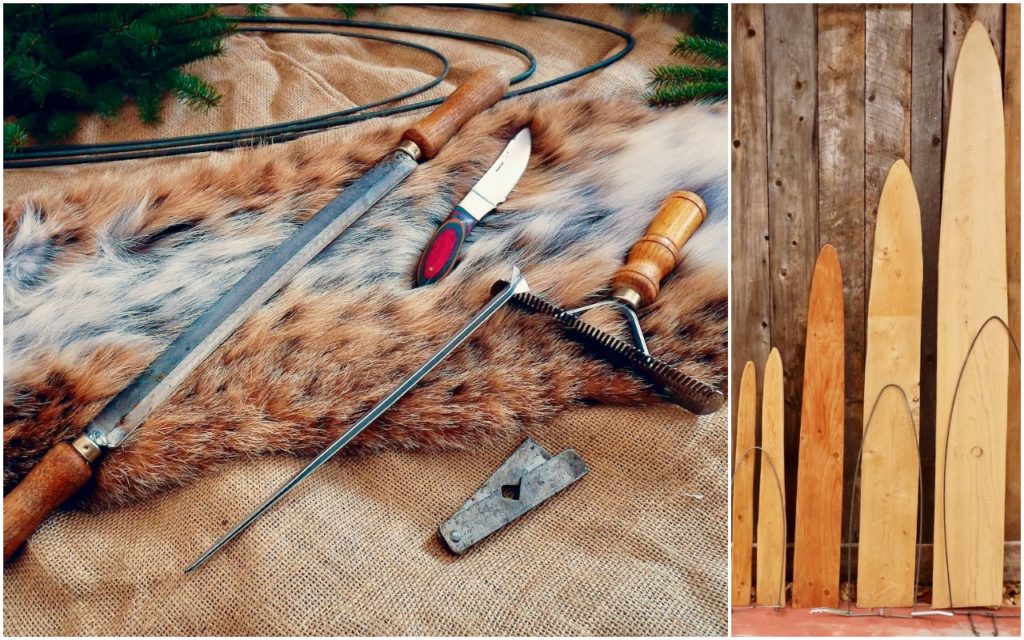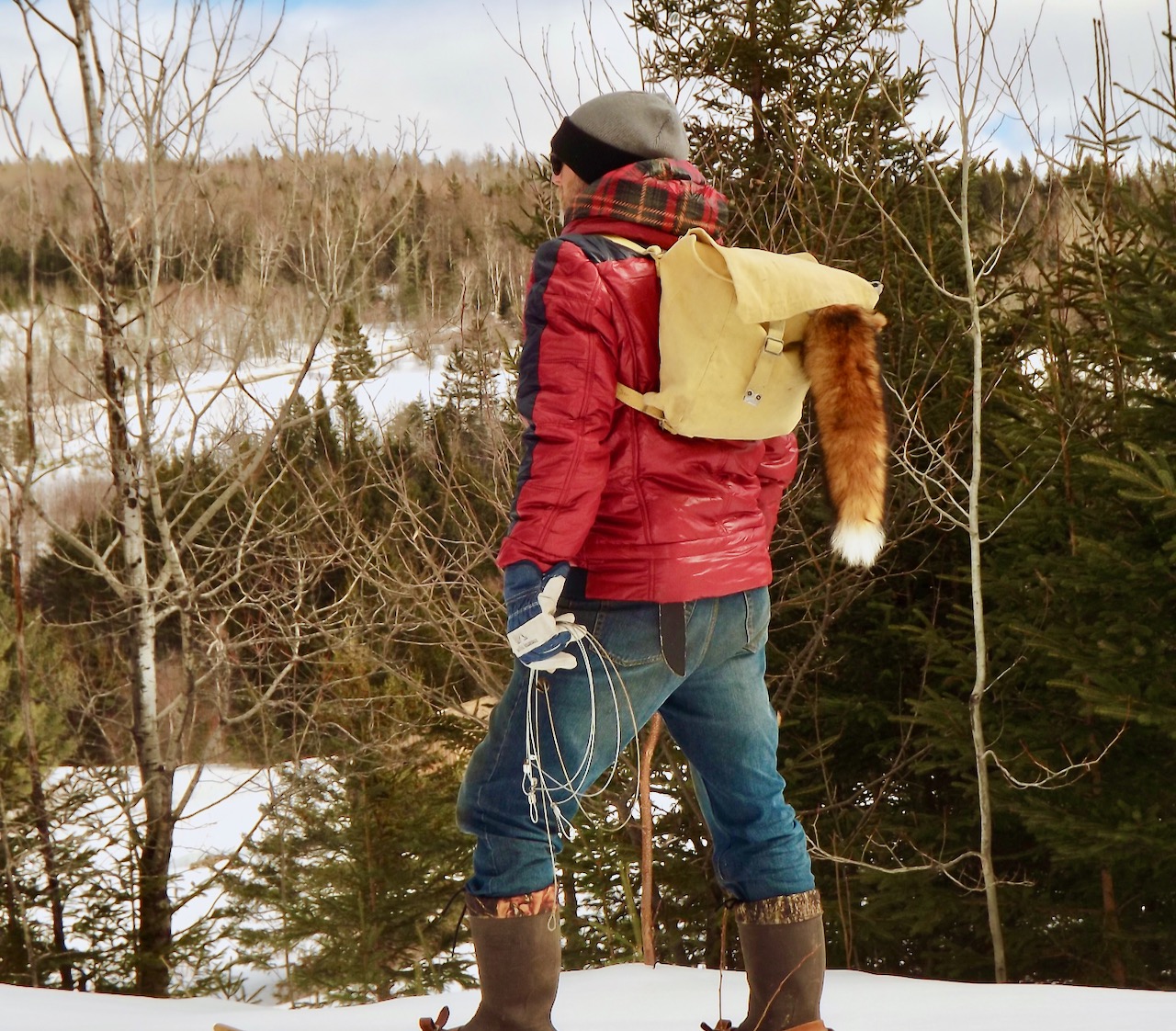TRAPPING FOR TENDERFOOTS
A beginner’s guide to everything you should know before heading out on the trapline
Advertisement

PROCESSING THE FUR
Getting quality fur ready for sale begins with properly skinning the animal. That is best done indoors, because fur preparation requires time and concentration. Once the pelt is off the carcass, you`ll need to remove any excess fat or flesh, then properly attach it to a fur form to slowly dry. When asked, professional trappers often advise spending less money on traps and more on setting up a good skinning shed. You need to furnish it with the proper skinning knives, processing tools and, most of all, industry-accepted fur forms.
Modern fur sales are conducted at large international auctions, with grouped lots of specific furs of the same dimensions and quality. So, be sure to get the correct fur forms, made of either wood or wire, for each fur-bearer you intend to process. The mandatory fur-trapping course will point you in the right direction for supplies. Also seek out some serious instruction from veteran trappers—sending poorly finished fur to market is the first step toward disappointing profits.
Advertisement

